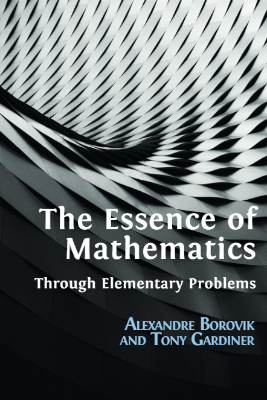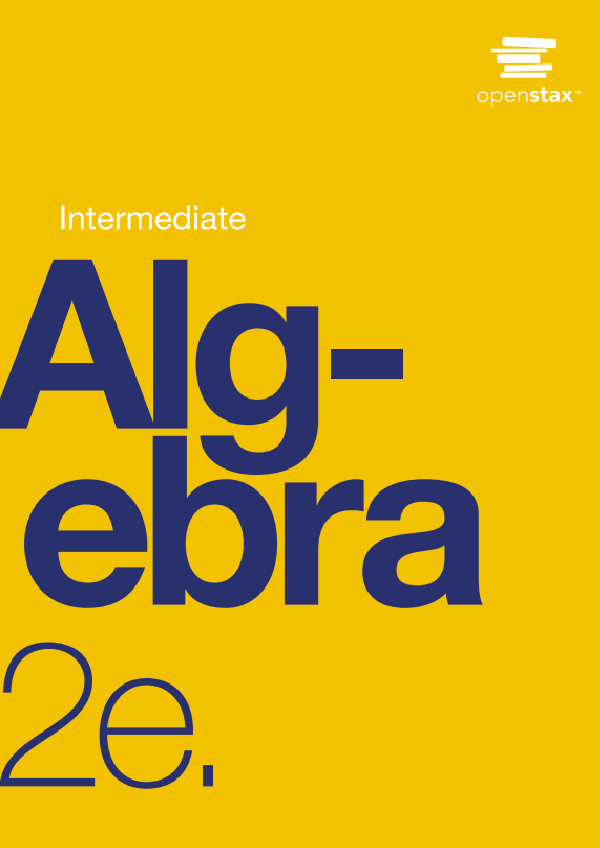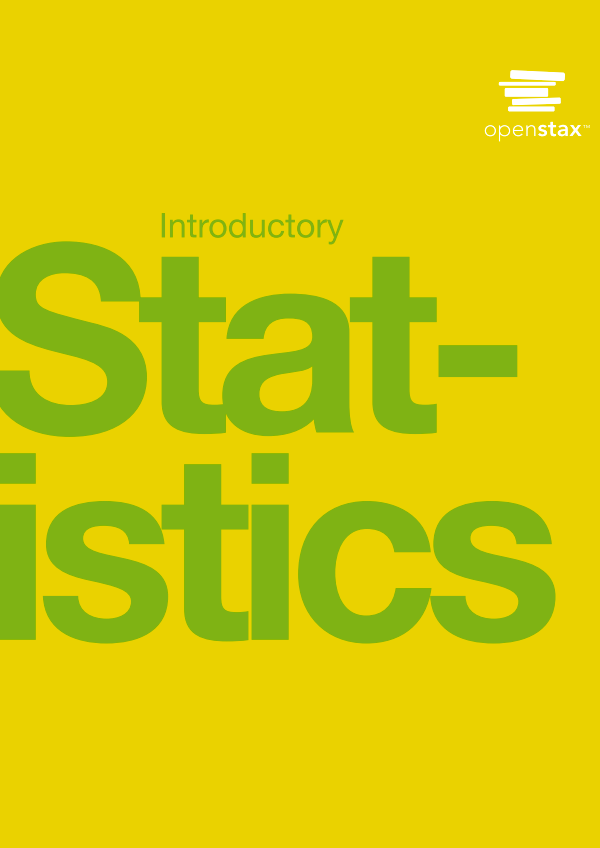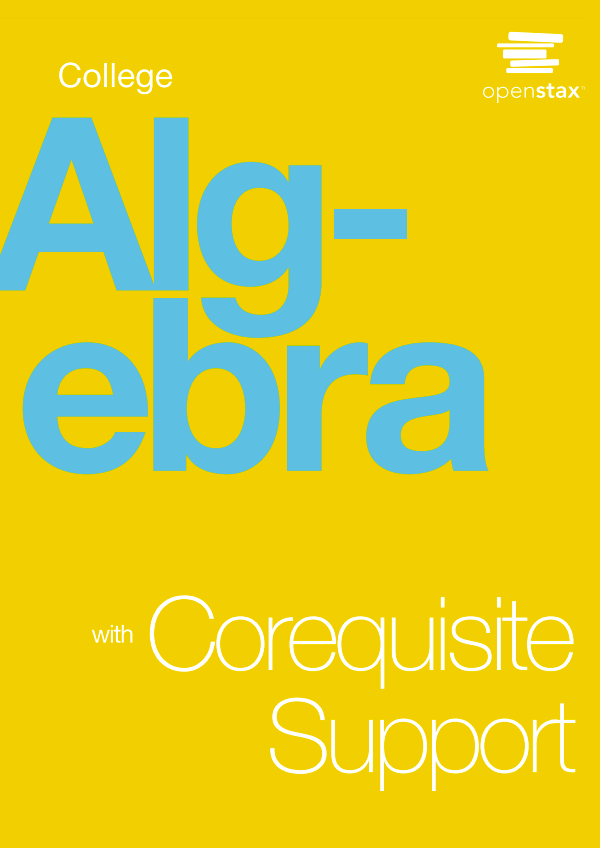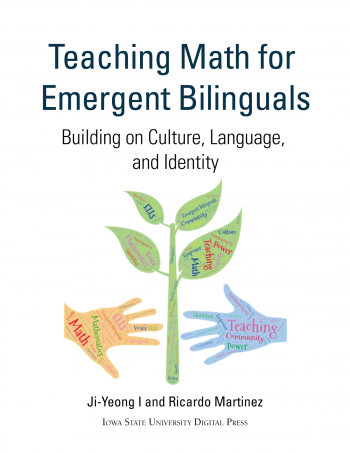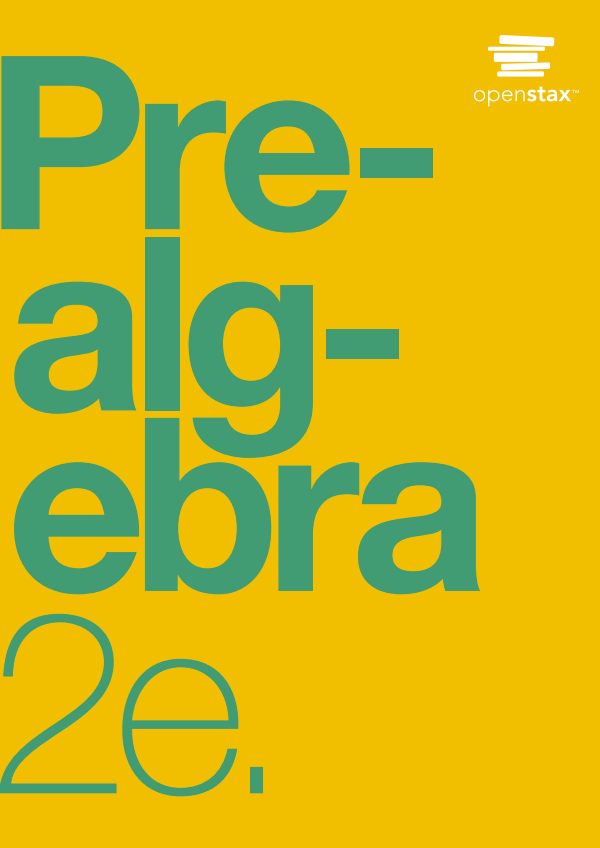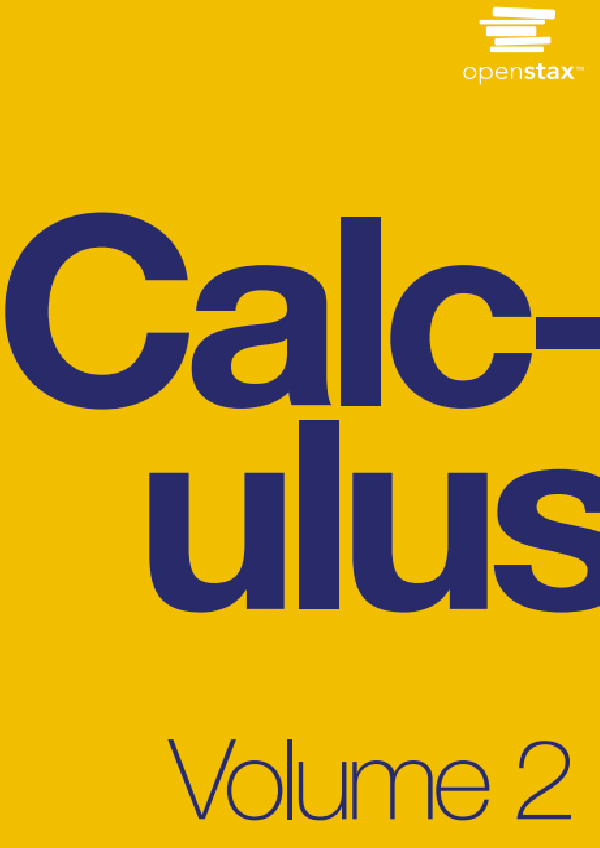Introduction to Prerequisites
It’s a cold day in Antarctica. In fact, it’s always a cold day in Antarctica. Earth’s southernmost continent, Antarctica experiences the coldest, driest, and windiest conditions known. The coldest temperature ever recorded, over one hundred degrees below zero on the Celsius scale, was recorded by remote satellite. It is no surprise then, that no native human population can survive the harsh conditions. Only explorers and scientists brave the environment for any length of time.
Measuring and recording the characteristics of weather conditions in Antarctica requires a use of different kinds of numbers. For tens of thousands of years, humans have undertaken methods to tally, track, and record numerical information. While we don’t know much about their usage, the Lebombo Bone (dated to about 35,000 BCE) and the Ishango Bone (dated to about 20,000 BCE) are among the earliest mathematical artifacts. Found in Africa, their clearly deliberate groupings of notches may have been used to track time, moon cycles, or other information. Performing calculations with them and using the results to make predictions requires an understanding of relationships among numbers. In this chapter, we will review sets of numbers and properties of operations used to manipulate numbers. This understanding will serve as prerequisite knowledge throughout our study of algebra and trigonometry.
Real Numbers: Algebra Essentials
Learning Objectives
In this section, you will:
- Classify a real number as a natural, whole, integer, rational, or irrational number.
- Perform calculations using order of operations.
- Use the following properties of real numbers: commutative, associative, distributive, inverse, and identity.
- Evaluate algebraic expressions.
- Simplify algebraic expressions.
It is often said that mathematics is the language of science. If this is true, then an essential part of the language of mathematics is numbers. The earliest use of numbers occurred 100 centuries ago in the Middle East to count, or enumerate items. Farmers, cattle herders, and traders used tokens, stones, or markers to signify a single quantity—a sheaf of grain, a head of livestock, or a fixed length of cloth, for example. Doing so made commerce possible, leading to improved communications and the spread of civilization.
Three to four thousand years ago, Egyptians introduced fractions. They first used them to show reciprocals. Later, they used them to represent the amount when a quantity was divided into equal parts.
But what if there were no cattle to trade or an entire crop of grain was lost in a flood? How could someone indicate the existence of nothing? From earliest times, people had thought of a “base state” while counting and used various symbols to represent this null condition. However, it was not until about the fifth century CE in India that zero was added to the number system and used as a numeral in calculations.
Clearly, there was also a need for numbers to represent loss or debt. In India, in the seventh century CE, negative numbers were used as solutions to mathematical equations and commercial debts. The opposites of the counting numbers expanded the number system even further.
Because of the evolution of the number system, we can now perform complex calculations using these and other categories of real numbers. In this section, we will explore sets of numbers, calculations with different kinds of numbers, and the use of numbers in expressions.




